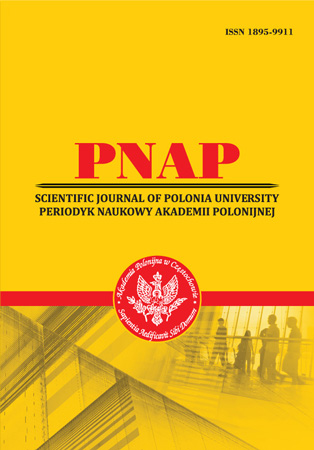EMOTIVE ADJECTIVAL UNITS IN MODERN ENGLISH: SEMANTIC APPROACH
Abstract
The article is devoted to the study of the functioning of the English adjectival emotive units denoting positive semantics as direct linguistic means of representing human emotional states that combine semantic and pragmatic components of meaning. The aim of this paper is to determine the semantic features of the adjectival emotive units with positive meaning in modern English. The defined approach to the aim of this investigation led to the use of those research methods that correspond best to its goals: in particular, definitional, componential, quantitative analyses, thanks to which the main characteristics of the English adjectival units denoting positive semantics were clarified and the emotive component in the structure of their meaning was revealed. The basis for the analysis of the emotive adjectives with positive semantics in the English lingual worldview is the principle of sustainability which brings to the fore the link of the language with reality, its correlation with extra-linguistic actuality.
References
2. Izard, K. E. (2007). Psykholohyia emotsyi [Psychology of emotions]. Saint Petersburg: Pyter. [in Russian]
3. Kosmeda, T. (2000). Aksiolohichni aspekty prahmalinhvistyky: formuvannia i rozvytok katehorii otsinky [Axiological aspects of pragmalinguistics: formation and development of the category of evaluation]. Lviv: LNU im. Ivana Franka. [in Ukrainian]
4. Lewis, M., Haviland-Jones, J., Barrett, L. (Eds.). (2012). Handbook of Emotions. The Guilford Press.
5. Pavlenko, A. (2006). Emotions and Multilingualism (Studies in Emotion and Social Interaction). Cambridge University Press.
6. Power, M. J., Dalgleish, T. (2008). Cognition and Emotion: From Order to Disorder. Second edition. Hove and New York: Psychology Press.
7. Prykhodko, H.I. (2001). Sposoby vyrazhennia otsinky v suchasnii anhliiskii movi: monohrafiia [Ways of expressing evaluation in modern English: a monograph]. Zaporizhzhia: ZDU. [in Ukrainian]
8. Ufymtseva, A. A. (2011). Typy slovesnykh znakov [Types of word signs]. Moskow: Lybrokom. [in Russian]
9. Weigand, E. (2006). Emotion in Dialogic Interaction: Advances in the Complex. Amsterdam Studies in the Theory and History of Linguistic Science. John Benjamin Publishing Company.
Abstract views: 242 PDF Downloads: 178







